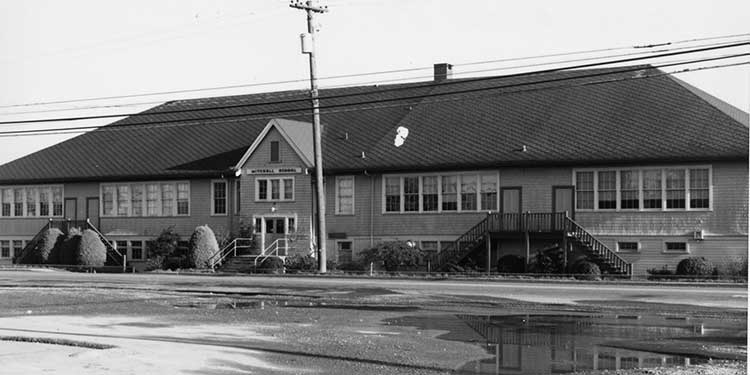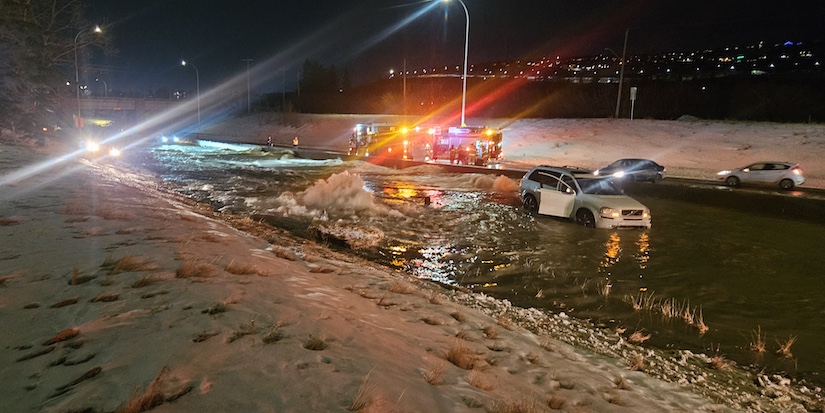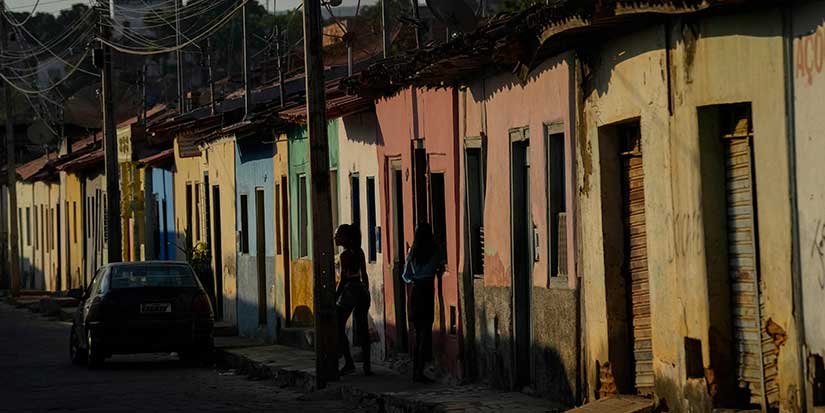Latest News
Richmond’s oldest school, Mitchell Elementary dates back to 1908
Richmond was still two years away
from being formally recognized as a municipality, but by 1887 there were
already enough children of school age for the community to form its first board
of education.
Author Mary Keen notes in Time
and Tide: The Settlement of Lulu Island’s South Arm Shore, published by the
City of Richmond Archives, that by 1885 Virginia English (whose father Marshall
joined forces with Thomas Lindsey and Thomas Kidd to start the English District
School in September 1887) was already teaching her three younger brothers along
with Mabel Branscombe and Mary London among others in the empty post office
building on the Phoenix wharf, west of No. 2 Road.
A small church on London’s
Landing served as the first formal English school, with the first purposely-built
school opening a year later at the corner at what is now No. 2 Road and
Steveston Highway. Mr. Robertson taught at the one-room school, rowing to work
every day from his home on Westham Island.
More schools opened during the
next few years to meet the rapidly increasing number of families settling in
Richmond. In 1893, Thomas Kidd donated land between what is now Shell and No. 9
roads for the construction of a school. Reflecting life at the time, the
property included a shed for horses and buggies. Students sat in rows of double
desks, and used slates to write on. They were supplied with a small bottle of
water and rag to clean the slates.
In 1904, increasing student
enrolment prompted the demolishing and rebuilding of the English School. In
1910, a prominent name in the Richmond School District today, Kathleen McNeely,
after whom NcNeely Elementary School is named, began teaching at the now
two-storey English School which featured eight grades. The school continued to
operate through 1949.
Prior to 1906, only four
elementary schools existed in Richmond. And students seeking an education
beyond elementary had to travel across the river to Marpole, Ladner or New
Westminster.
Richmond High (originally
Bridgeport School) was the first purposely-built secondary school in the city
and in 2018 marked its 90th year.
Named after an early Richmond
pioneer, Alexander Mitchell Elementary School remains the longest continually
operating school in the Richmond public education system built on land donated
by Mitchell.
Said to be the area’s first
official farmer, Mitchell arrived in B.C. from Quebec in 1877 and settled in
Richmond a few years later. He took out squatter’s rights as a settler on
Mitchell Island, after whom the mostly industrial property below the Knight Street
Bridge is named.
What began as a one-room school
in 1908 serving Grades 1 to 8, Mitchell became a two-room school in 1922 and
three-room school in 1926 with the use of the basement. However, in 1928,
erroneously blamed on dampness in the cellar, an outbreak of pneumococcal
meningitis and three of four students who contracted it died. As a result, the
metropolitan board of health was given the responsibility to ensure all
Richmond schools met certain standards in the future.
The idea of compulsory public
education developed gradually in Europe from the early 16th century. But even
in the 1800s, the school year was much shorter than today with attendance
averaging abut 130 days (compared to 180 today), as students were required to
help their families harvest crops. Schools—mostly one-room schoolhouses—in the
1800s had no central heating, warmed instead by fireplaces and later wood
stoves.
James Whiteside Elementary
Opened in 1955 as Mort
Elementary, in honour of a pioneer farming family that lived in the vicinity,
it was rebuilt in 1958 and renamed for James Whiteside who was also a settler
farmer. The decision to rename the school was made because in several languages
mort is associated with death.
Sea Island Elementary
Originally a pioneer-era school
that closed in 1906 but re-opened in the 1920s to serve children of local
cannery workers, Sea Island closed again in 1941 with Canada at war. Then when
employees of the Boeing Aircraft Company demanded an elementary school be
established in the small community of Burkville, Sea Island was again re-opened
in 1946. The school is named after its location, although the term has been
attributed to Colonel Richard Moody who was commander of the corps of engineers
based in New Westminster in the mid-1800s, who surveyed the land in the Lower
Mainland.
Hamilton Elementary
Opened as Trites Road School in
1910 (a title it retained until 1934), the original school was located on
Westminster Highway and No. 7 Road. It was named after Steveston businessmen who became municipal councillors in the 1900s. In 1933, the school was relocated to No. 9 Road and Westminster Highway to better serve the children of East Richmond and Queensborough; at which time it was renamed Hamilton, after Alexander Hamilton who was an early pioneer and berry farmer who served on school board during the 1930s.
Daniel Woodward Elementary
Opened in 1961 as an annex to
Kidd Elementary, serving the burgeoning Shellmont area subdivisions, it became
a full-spectrum school in 1967. The school is named after Daniel Woodward who
came to Lulu Island in 1874 from Ontario and established residence at the south
end of No. 5 Road which became known as Woodward’s Landing. Woodward enjoyed
hunting and trapping and built a cabin the vicinity. He encouraged settlement
in the region and in 1879 signed the petition for Sea Island and Lulu Island to
be incorporated into the municipality of Richmond. He also served as school
trustee along with Kidd and Whiteside for the English School District.
RC Palmer Secondary
Opened in 1959 but later rebuilt
entirely, the school is named after Robert Cecil Palmer who settled in Richmond
in 1923 after emigrating from England. He served Richmond in a variety of
capacities, from school board secretary to assistant municipal clerk and
eventually magistrate and judge in juvenile court.
Tomsett Elementary
Open in 1959, further additions
were made when it became a full-spectrum Kindergarten to Grade 7 school in
1988. The school is named after Frederick Arthur Tomsett who came to Richmond
in 1911 from his native England. Tomsett served 10 years as a municipal
councillor and became reeve (mayor) in 1929. Through his efforts, Richmond
received acreage at No. 3 Road and Granville Avenue for Brighouse Park.































